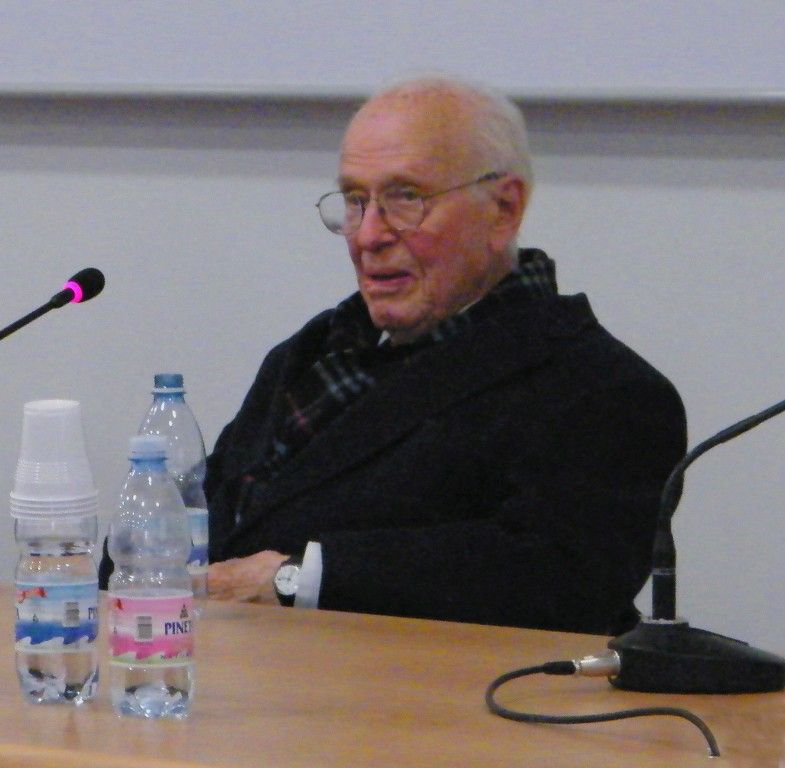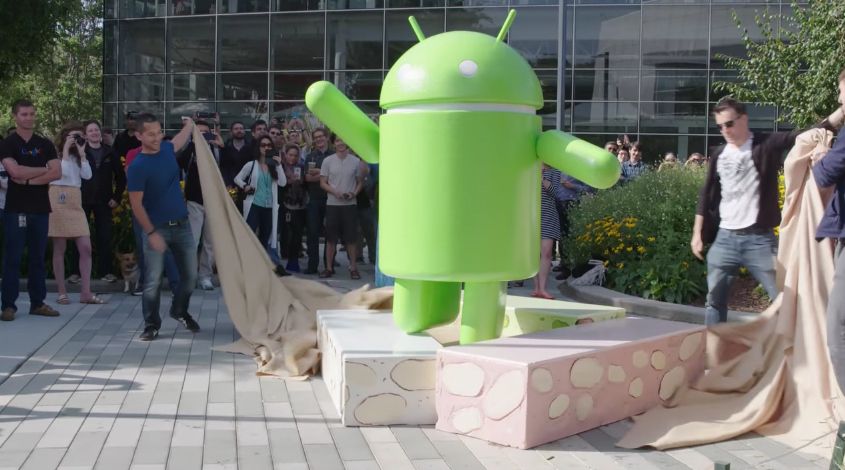Researchers at the Wyss Institute were successful in engineering different species of bacteria that can talk to each other.



Now, another hurricane season is already underway in the Caribbean.
Our research on rainwater harvesting — a low-cost, low-tech way to collect and store rainwater — suggests this technique could be deployed across the Caribbean to improve these communities’ access to water both after storms and in everyday life.
Even before hurricanes Maria and Irma hit last September, some Caribbean islands were unable to provide reliable clean water for drinking and washing to all residents.
An extraordinary new anti-ageing technique could see humans live to 150 years old and allow them to regrow their organs by 2020.
Harvard Professor David Sinclair and researchers from the University of New South Wales developed the new process, which involves reprogramming cells.
Dr Sinclair said the technique could allow people to regenerate organs, and even allow paralysis sufferers to move again, with human trials due within two years.

Luigi Luca Cavalli-Sforza, known simply as “Luca” to generations of human geneticists, died this week at age 96. More than any other human geneticist, Cavalli-Sforza believed in the potential of genes and culture together to trace humanity’s origins. In the course of his work, he pioneered new ideas and models that brought together these two distinct areas of science.
Like most scientists, many of his ideas would turn out to be wrong in the details. But his work helped form the foundation of our current knowledge of human genome variation across the world.
In 1991, Cavalli-Sforza wrote an essay for Scientific American that explained the course of his life’s work to that point. He recollected a time as a young man when he worked in the Cambridge laboratory of Ronald A. Fisher, one of the founders of modern evolutionary theory.

This video is the second in a two-part series discussing 5G. In this video, we’ll be discussing the transition from fourth to fifth generation mobile networks along with the timeline for deployment of 5G infrastructure we can expect to see.
[0:35–5:15] First we’ll take a look at how 4G networks have been evolving and their future trajectory, as well as the organizations in charge of setting the standards for a mobile generation.
[5:15–9:55] Following that, we’ll look at how 4G networks will ease the transition to 5G, unlimited data plans and some of the use cases opened up by 4.5G/5G.

The passive exoskeleton is already part of the Russian Army’s Ratnik (warrior), or ‘future combat system’, which also includes a range of surveillance, communications, and defensive equipment. The active exoskeleton may become part of Ratnik by 2025, according to Military-Scientific Committee Chair of the Ground Forces Aleksandr Romanyuta.
Russia has tested a battery-powered electric motor exoskeleton. The ‘Iron Man’ suit enables the wearer to accurately hit a target with a machine gun one-handed.
Soldiers wearing the high-tech exosuit can run faster and wield heavier equipment and weapons, Oleg Faustov – the chief designer of military industry company TsNIITochMash, which developed the exoskeleton – told TASS.
“We have already tested a prototype of an active exoskeleton, it increases physical capabilities of a serviceman,” Faustov said. A soldier will be able “to shoot a machine gun with only one hand” and accurately hit the target, he added.

We write often here about the security vulnerabilities of Android devices that are due, at least in part, to how much of a delay there can be in the latest software updates making the rounds. Which can leave some handsets dangerously vulnerable if the device manufacturer is slow on the uptake.
Which means we’re constantly writing posts like this one: Researchers from Nightwatch Cybersecurity this week put out an advisory about an Android vulnerability that purportedly exposes information about a user’s device to all applications running on the device. There’s a fix for it, but not if you’re running a too-old version of Android.
According to the advisory, the information includes “the Wi-Fi network name, BSSID, local IP addresses, DNS server information and the MAC address. Some of this information (MAC address) is no longer available via APIs on Android 6 and higher, and extra permissions are normally required to access the rest of this information. However, by listening to these broadcasts, any application on the device can capture this information thus bypassing any permission checks and existing mitigations.”
Two-thirds of all cancers are caused by DNA replication errors, according to Johns Hopkins researchers. But don’t light a celebratory cigarette just yet.
